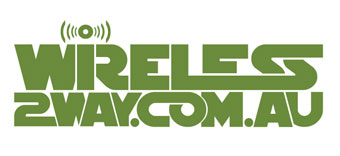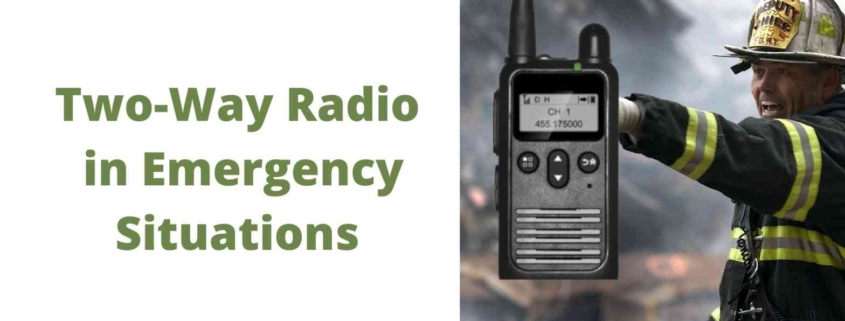Why is Two-Way Radio Still Superior to Cellular in Disaster and Emergency Situations?
The underlying irony of contemporary communication technology is that it frequently fails when it is most needed: during natural catastrophes. Nevertheless, cellular networks are essential in daily life, especially considering how dependent most of us are on internet access.
Digital wireless communications are infamously susceptible to outages during bad weather. However, two-Way Radios networks have demonstrated exceptional durability and, in recent years, have taken up some of the slack during emergency circumstances.
Backtracking on cellular network growth is unthinkable; nonetheless, municipalities, healthcare facilities, and commercial organisations that require storm-resistant communication systems must have a solid backup communication network in the form of a cellular network.
Although radio-frequency networks are not the means of communication daily, they are frequently the only way of contact in an emergency.
Benefits Of Two-Way Radios
Cost-effective, long-lasting, and dependable
Cellular phones have extra costs; two-way radios are less expensive. Two-way radios are built to last and can endure drops, shocks, vibration, and, in some circumstances, water damage. Furthermore, these digital radios are dependable, with double the battery life of most mobile phones, making them the most effective option in an emergency.
Two-Way Radios for Your business
While cell phones have a secure place in your corporate communications, two-way radios provide many advantages, including dependability, safety, and efficiency, leading to increased workplace productivity. Across industries, digital two-way radios are used for effective communication with no downtime. Let’s look at the advantages two-way radios may provide for your company. Contact Highland Wireless now to learn more about the finest communication options for your company.
Drive with caution.
Mobile two-way radios can be put inside automobiles for reliable communication while driving. Furthermore, Bluetooth headsets and speaker microphones can make driving and communicate even safer for consumers.
The Advantages of Two-Way Radios in an Emergency
Two-way radios have several advantages; here are four things your radio may do to aid you in an emergency circumstance.
Radio Tracking Devices: In an emergency, know where everyone is.
In an emergency, the last thing you want to do is waste time trying to figure out where your team is. This wastes crucial time that might have a significant impact on the outcome. Because many two-way radios have GPS tracking, you can always know where your team is about the GPS on their radio.
Functions when other modes of communication fail.
You don’t have to be alone and without contact if most communication channels stop working in a disaster. 2-way radios have their channel that no one else may use. As a result, even if phone lines get jammed, your 2-way radio will continue to function without interference. Keep spare batteries available if a radio battery fails; change it for a new one.
Make Contact With People Who Are Thousands of Miles Away
You might believe that two-way radios only function over small distances, but think otherwise. Your 2-way radio system ranges up to 300 miles, ensuring that you can communicate with others.
Radios Are Long-Lasting And Lightweight
Cell phones are delicate electronics that can shatter with extremely light strain. Who knows what may be happening in an emergency circumstance. Fortunately, high-quality two-way radios are designed to resist a lot of abuse. For example, if floodwaters rise and a mobile phone falls into the water, it will likely be shattered, but it will also sink swiftly to the bottom. Many 2-way radios, on the other hand, are designed to float on top of the water rather than sink.
Parting Note
Cell phones are fantastic! They serve a variety of practical tasks, but they occasionally fall short when it comes to reliable communication. Communication is the key to productivity, safety, and success. The truth is that modern two-way radios provide all of this and more.



